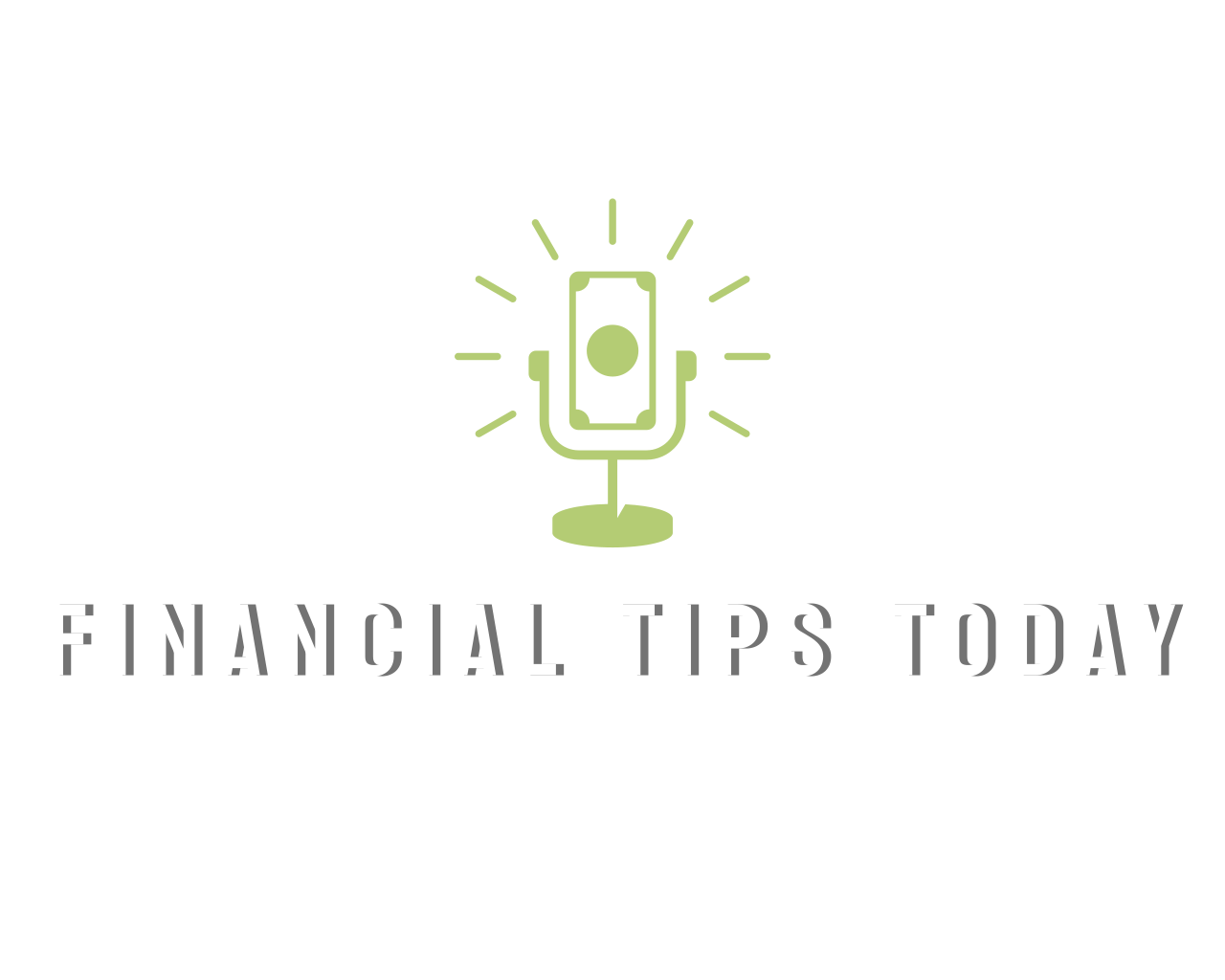As the halfway point of the year approaches, it’s a good time to take a step back and assess your financial health. Here are five things you can do to give your finances a checkup this summer:
- Open a high-yield savings account. Traditional savings accounts don’t offer much interest, but high-yield savings accounts can earn you up to 4% APY. This means that for every $1,000 you save, you’ll earn an extra $40 in interest each year.
There are many different high-yield savings accounts available, so it’s important to compare rates before you open an account. Some popular high-yield savings accounts include:
- Capital One 360 Performance Savings: This account offers a variable APY of up to 4.30%.
- American Express® High Yield Savings Account: This account offers a variable APY of up to 4.00%.
- Marcus by Goldman Sachs Online Savings Account: This account offers a variable APY of up to 4.15%.
- Review your tax liabilities. Make sure you’re withholding enough money from your paycheck to cover your taxes for the year. You can use the IRS’s withholding calculator to estimate your tax liability and adjust your withholdings accordingly.
The IRS withholding calculator is a great tool to help you determine how much money you should be withholding from your paycheck. However, it’s important to note that the calculator is just an estimate. Your actual tax liability may be different, so it’s important to review your tax return carefully each year to make sure you’re not underpaying or overpaying your taxes.
- Review your investments. Make sure your investments are aligned with your risk tolerance and financial goals. If you’re not sure where to start, consider talking to a financial advisor.
Your risk tolerance is how much risk you’re comfortable taking with your investments. If you’re risk-averse, you may want to invest in safer investments like bonds. If you’re more risk-tolerant, you may want to invest in stocks.
Your financial goals will also affect the types of investments you choose. If you’re saving for retirement, you may want to invest in a mix of stocks and bonds. If you’re saving for a down payment on a house, you may want to invest in a high-yield savings account.
- Review any unneeded subscriptions. It’s easy to accumulate monthly subscriptions, but it’s important to review them regularly to make sure you’re still using them all. Cancel any subscriptions that you’re not using to save money.
There are many different monthly subscriptions available, from streaming services to meal kits. It’s easy to sign up for a subscription and then forget about it. However, if you’re not using a subscription, you’re just wasting money.
Take some time to review your monthly subscriptions and see if there are any that you can cancel. You may be surprised at how much money you can save.
- Create a budget. A budget is a great way to track your income and expenses, and it can help you identify areas where you can cut back. There are many different budgeting methods out there, so find one that works for you and stick to it.
A budget can help you stay on track with your finances and make sure you’re not overspending. There are many different budgeting methods available, so find one that works for you and stick to it.





Leave a Comment